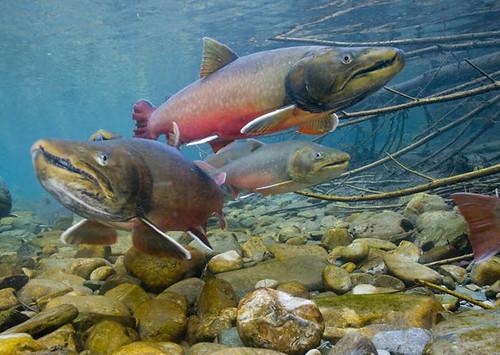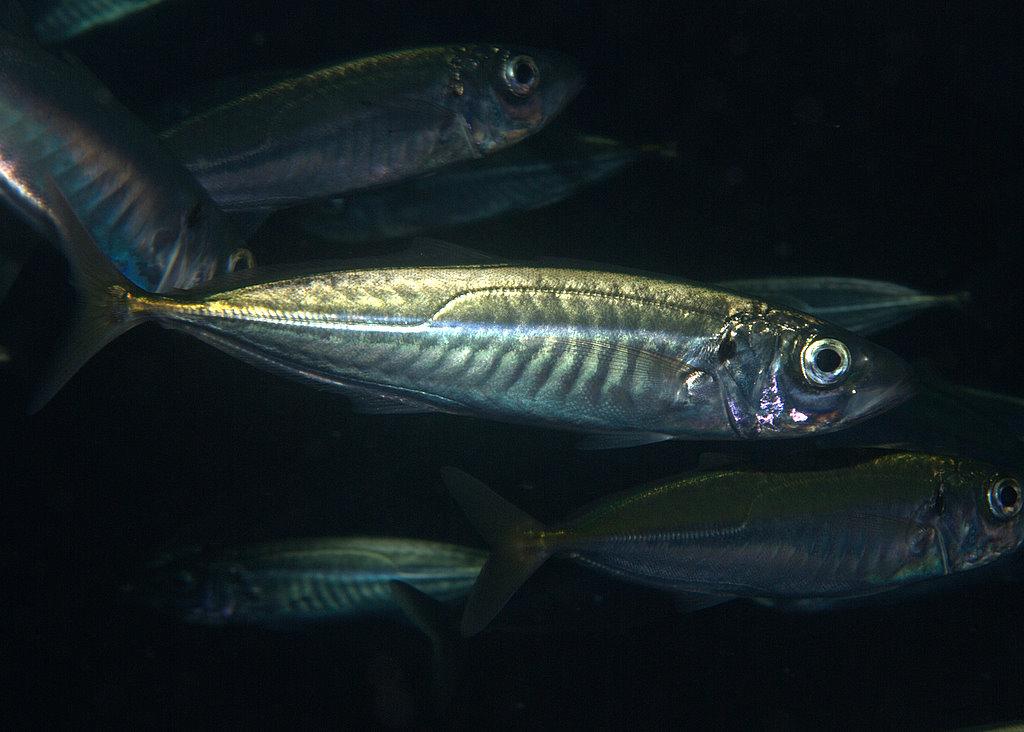Fishing is an activity that has been around for thousands of years. Despite its long history, many anglers still struggle to catch fish consistently. One of the main reasons for this is a lack of understanding of fish behavior. Fish are not mindless creatures that swim aimlessly in the water. They have complex behaviors that are driven by a variety of factors, including food, water temperature, and predation risk.
Fish Behavior
Sensory Systems of Fish

Fish have a range of sensory systems that help them navigate their environment and find food. These include vision, hearing, smell, taste, and the lateral line. The lateral line is a series of sensory cells along the fish’s body that detects vibrations and water movement. This is particularly important for fish that live in murky water or in areas with low visibility.
Understanding the sensory systems of fish can help you select the right bait and lure. For example, some fish are attracted to bright colors and flashy lures, while others respond better to more subtle presentations. Similarly, some fish are attracted to the smell of certain baits, while others rely more on their lateral line to detect vibrations in the water.
Feeding Behaviors
One of the most important aspects of fish behavior is feeding. Fish are opportunistic feeders, which means they will eat whatever is available to them. However, different species of fish have different feeding habits. Some fish, such as trout and bass, are predators that hunt other fish. Others, like carp and catfish, are bottom feeders that scavenge for food on the river or lake bed.
Understanding the feeding habits of the fish in your local waters can help you select the right bait and presentation. For example, if you are targeting a predator fish, you may want to use a lure that imitates a small fish or insect. If you are fishing for bottom feeders, you may want to use a bait that sinks to the bottom and stays there.
Social Behavior
Fish are not solitary creatures. Many species of fish live in schools or shoals, which can number in the hundreds or even thousands. These social groups serve a variety of purposes, including protection from predators and easier access to food.
Understanding the social behavior of fish can help you locate them more easily. For example, if you see a group of fish swimming together, it is likely that there are more fish in the area. Similarly, if you are fishing for a species that is known to school, you may want to use a bait or presentation that mimics a small group of fish.
Temperature and Water Quality
Fish are cold-blooded animals, which means their body temperature is regulated by the temperature of the water around them. Different species of fish have different temperature preferences. Some fish, like trout, prefer colder water, while others, like bass, prefer warmer water.
Understanding the temperature preferences of the fish in your local waters can help you select the right time of day and location to fish. For example, if you are fishing for trout, you may want to fish early in the morning when the water is cooler. If you are fishing for bass, you may want to fish during the warmer parts of the day.
Water quality is another important factor in fish behavior. Fish require clean water with sufficient oxygen levels to survive. Pollution, algae blooms, and other factors can reduce the quality of the water and make it difficult for fish to survive.
Predation Risk
Fish are not at the top of the food chain. They are preyed upon by a variety of animals, including birds, mammals, and other fish. As a result, fish have developed a range of anti-predator behaviors to help them avoid being eaten.
One common anti-predator behavior is schooling or shoaling, as mentioned earlier. When fish school together, they are more difficult for predators to single out and catch. Additionally, some species of fish have evolved camouflage or coloration that helps them blend into their environment and avoid detection by predators.
Fish also have a heightened sense of awareness when it comes to potential predators. They may become skittish or wary when they sense a predator nearby. This can make it more difficult for anglers to catch them, as they may be less likely to take a bait or lure if they sense danger.
Understanding fish behavior is a key component of successful fishing. By knowing how fish sense their environment, feed, socialize, respond to temperature and water quality, and avoid predation, anglers can better select the right bait and presentation, and increase their chances of catching fish.
It’s important to note that fish behavior can vary depending on the species, location, and time of year. Therefore, it’s important to do your research and observe the fish in your local waters to gain a better understanding of their behavior patterns.
By studying the science of fish behavior, anglers can become more knowledgeable and successful at catching fish. With patience, persistence, and a little bit of luck, you may just catch the fish of a lifetime.
Keywords: fish behavior, sensory systems, feeding behavior, social behavior, temperature, water quality, predation risk, fishing.
Check out FoodieScapes for articles on growing and preparing food.
Check out StoryScapes for articles on creative writing.
Subscribe to our newsletter to get information delivered to your inbox on homesteading, growing food, food preparation, travel, fishing, and more.











